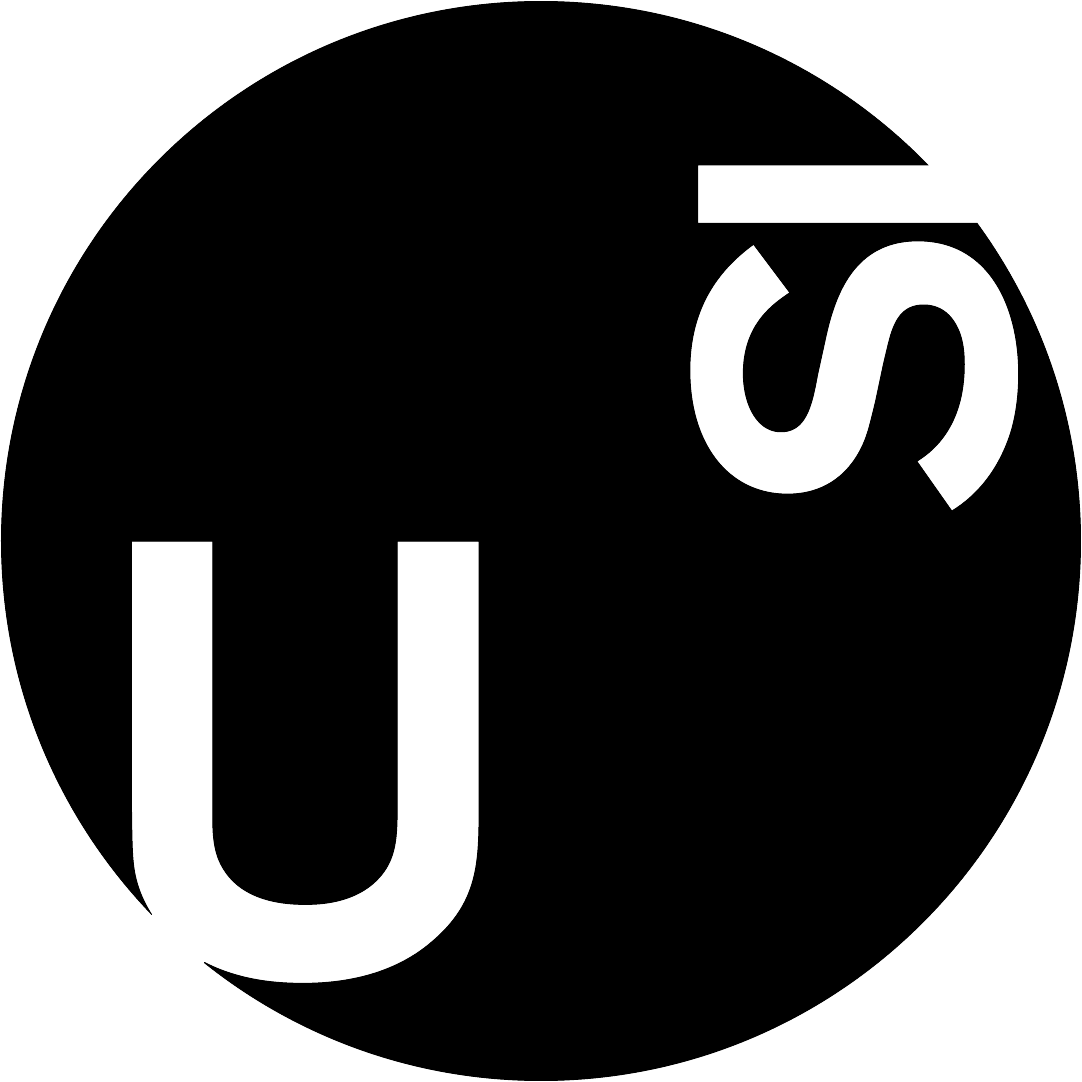 |
Optimal Methodology for the Quantification of Binding Constants from Spectrophotometric Titration Data |
Host: Prof. Vittorio Limongelli |
|
Tuesday 12.04
|
Online on MS Teams
16:30 - 17:30
|
Douglas A. Vander Griend
Calvin University Grand Rapids, Michigan, USA
|

